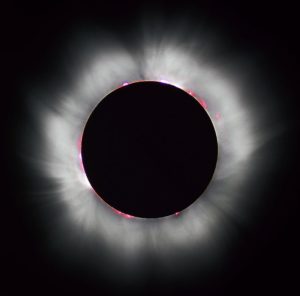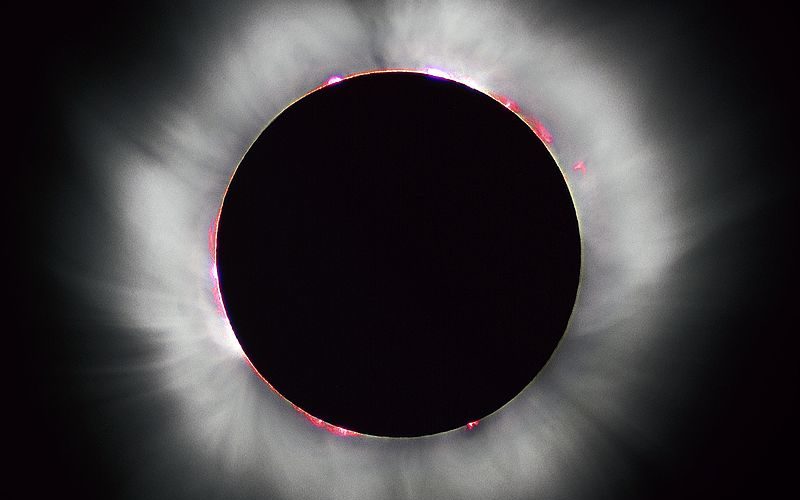How much darkness was at Jesus’ crucifixion?

How much darkness fell over the land when Christ was crucified?
Matthew records, “Now from the sixth hour until the ninth hour there was darkness over all the land” (Matthew 27:45). The Greek word for “darkness” in this verse is skotos. There is nothing especially significant about the word indicating the quality of darkness. The word may be used to talk about a pitch-black darkness such as in Tartarus in Jude 1:13, or “outer darkness” (Matthew 22:13), or it may be used to describe a shadow-like darkness (Matthew 4:16; Luke 1:79). It is a word that may be used to describe the darkness of being blind such as in Luke 11:34 and Romans 2:19. It is used most often in a figurative sense to describe the darkness that is associated with living a sinful life (John 1:5, Romans 13:12, 2 Corinthians 6:14). So the word itself doesn’t give us any hint as to what kind of darkness this was. What about the context?
The context of this statement was the crucifixion of Jesus. Matthew, Mark, and Luke all record darkness from the sixth hour until the ninth hour. This would be roughly noon to three o’clock. This probably was not a pitch-black darkness where nothing could be seen. Those witnessing Jesus’ crucifixion were still watching him (Matthew 27:46-48). The soldiers were able to give Jesus a “drink” when he said that he was thirsty (John 19:28). They were able to see when Jesus took his last breath (Mark 15:37). The centurion “saw what happened” (Luke 23:47). This is then to say that the darkness was likely more that of a shadow.
Was this a natural phenomenon or a miraculous one? Considering the possibility that this was a natural phenomenon, some have suggested that there was a solar eclipse. Unfortunately, there are no known naturally occurring solar eclipses in Jerusalem on the day that Jesus died. Some have suggested that there was cloud cover. Others have suggested a dust storm. There is no way to scientifically prove that either of these meteorological events occurred. I think it unlikely that any would stand around outside during a dust storm strong enough to bring darkness. This leaves the theory of cloud cover being the only natural explanation for this darkness. I personally have seen cloud cover block enough sunlight to turn on the automatic streetlights. Cloud cover can certainly create a circumstance where there is much darkness.
Leaving the idea that this was a natural event, there is the possibility that this was a miraculous event. God certainly could have dimmed the sun for a time being without leaving any trace of scientific evidence that such had occurred. He could also have worked in some other miraculous way to impose a measure of darkness on the area.
Some have suggested that this was a metaphorical darkness. This is the idea that it was dark from the standpoint of it being a sad event or that there was a spiritual significance to the event that could only be described as darkness. I don’t personally believe this is what the writers are trying to convey. I take it that they were discussing a literal darkness of some sort. To answer the question directly, it was not dark enough where people could not see, but it wasn’t so bright as to think that it was sunny. There is a large range of shading that could be applied to this, and the Greek word doesn’t give us any additional specifics. Metaphorically, it was certainly a dark day when Jesus died because the innocent was put to death for the guilty. Our sins put Jesus on the cross, and to be forgiven of those sins, we must accept His sacrifice. Let’s seek to obey God’s will so that we will not be eternally consigned to the blackness of darkness (2 Peter 2:17).

